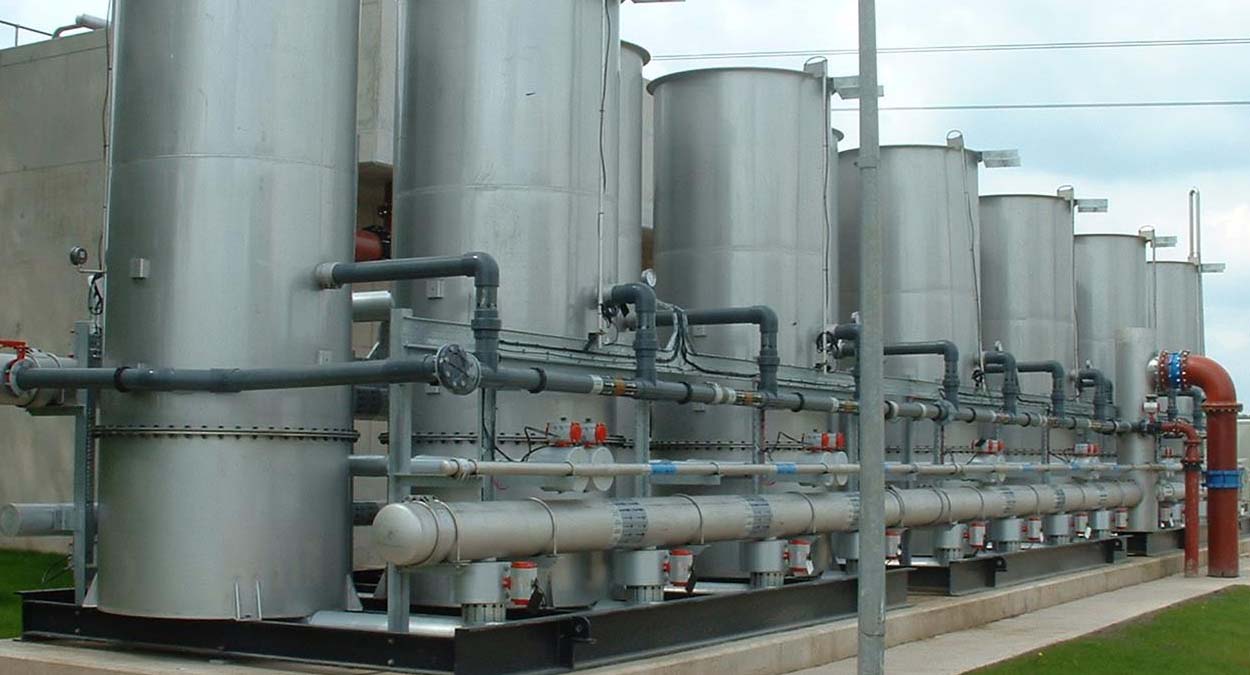De Nora named best in the water technology and infrastructure category
Industrie De Nora spa has been named best in the water technology and infrastructure category for its sluge ozonation application in advanced sewage treatment at the 2022 Water Europe Innovation Awards alongside other trailblazers working toward a Water-Smart society.
The technology, suitable for municipal or industrial use, improves process efficiencies without the use of harmful chemicals, protecting the environment from micropollutants in accord with the European Union’s Zero Pollution Action Plan.
The sludge ozonolysis technology and success at current installations will be crucial in the future of wastewater treatment, both in the EU and other countries around the globe.
The sludge ozonolysis is a simple plug-in process, where injectors dose ozone into a side stream of the returned activated sludge (RAS). Since no ozone build-up occurs, it does not leave a residual, allowing unreacted ozone to revert back to oxygen and be utilized by microorganisms in the aerobic reactor. Current installations in Italy have shown success minimizing excess sludge volumes, improving sludge settlement characteristics and effluent quality, and alleviating bulking problems. Dewaterability and micropollutant concentration levels are also improved – two characteristics that will be key as treatment providers explore new technologies in response to directives regarding agricultural sludge valorization and landfilling.
Economic sustainability was demonstrated in real cases with more than 5-years of data. ROI (return of investment) is typically 3-4 years. The application can also be used for sludge destined for biodigestion as the process increases the amount of biogas produced.
There is a lot of debate around the potential effects of spreading of untreated sludge on agricultural fields. Many believe the practice is reintroducing dangerous contaminants, such as 1,2,3-TCP and heavy metals, back into our soil and water.
A recent study here in the US estimated the number to be as high as 20 million contaminated acres. Sludge ozonolysis provides an option to address the widespread problem.

